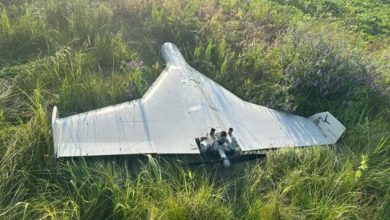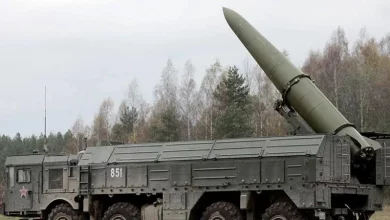US Navy tests drone-launched ramjet missile

The U.S. Navy has successfully conducted the first-ever air launch of a Solid Fuel Integral Rocket Ramjet (SFIRR) from an unmanned vehicle, according to the Naval Air Warfare Center Weapons Division (NAWCWD).
The test, carried out using a BQM-34 unmanned target drone, demonstrated the Navy’s ability to integrate advanced propulsion and fire control technologies into a compact platform.
According to NAWCWD, this breakthrough could expand operational strike range and enhance survivability by allowing forces to launch from standoff distances.
“This successful integration validates key aspects of our design and moves us closer to delivering an advanced propulsion system that will provide warfighters with greater range and speed,” said Abbey Horning, product director of NAWCWD’s Advanced Concepts, Prototyping and Experimentation office.
The system combines high-speed propulsion with simplified logistics. Unlike traditional liquid-fueled ramjets, the SFIRR uses solid fuel, which reduces mechanical complexity and allows for lighter, more maneuverable missiles with larger payload capacity.
In a statement, Horning added, “We’re not just revisiting an old idea; we’re refining and modernizing it to fit today’s mission.”
NAWCWD developed the demonstrator in just 12 months, a reflection of the Navy’s growing emphasis on rapid prototyping and fielding.
“SFIRR offers a balance of affordability, reliability and performance tailored to the Navy’s operational needs,” Horning said.
The technology builds on decades of prior research into ramjet propulsion. Ephraim Washburn, deputy director for energetics at NAWCWD, likened the evolution of SFIRR to the automotive industry’s constant performance improvements.
“We’ve been driving cars since the early 1900s, but that doesn’t mean we stopped improving them,” Washburn said. “Solid fuel ramjet technology had significant investment in the 1970s and 1980s, but we’re making it a modern propulsion solution for the fleet today.”
The test is part of a broader push by the Navy to integrate next-generation strike systems and strengthen long-range combat capabilities. The service is working with industry and academic partners to refine the missile’s targeting accuracy, endurance, and effectiveness across diverse operational environments.
“This is a combat-credible technology,” Washburn added. “We are working to refine its range, endurance, and targeting capabilities.”





